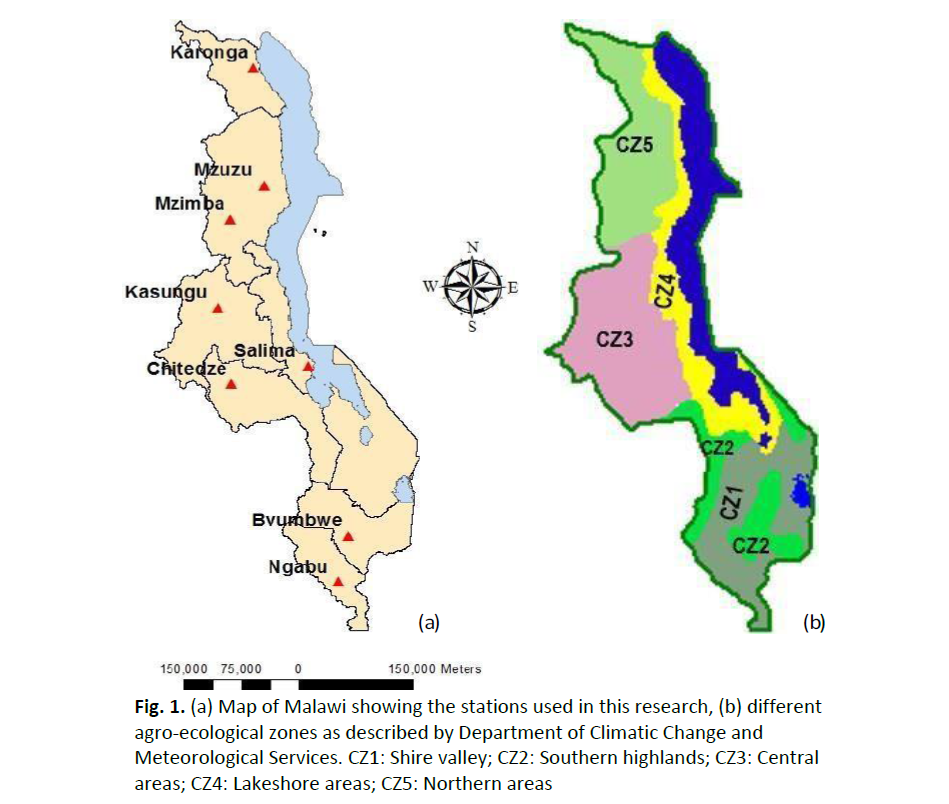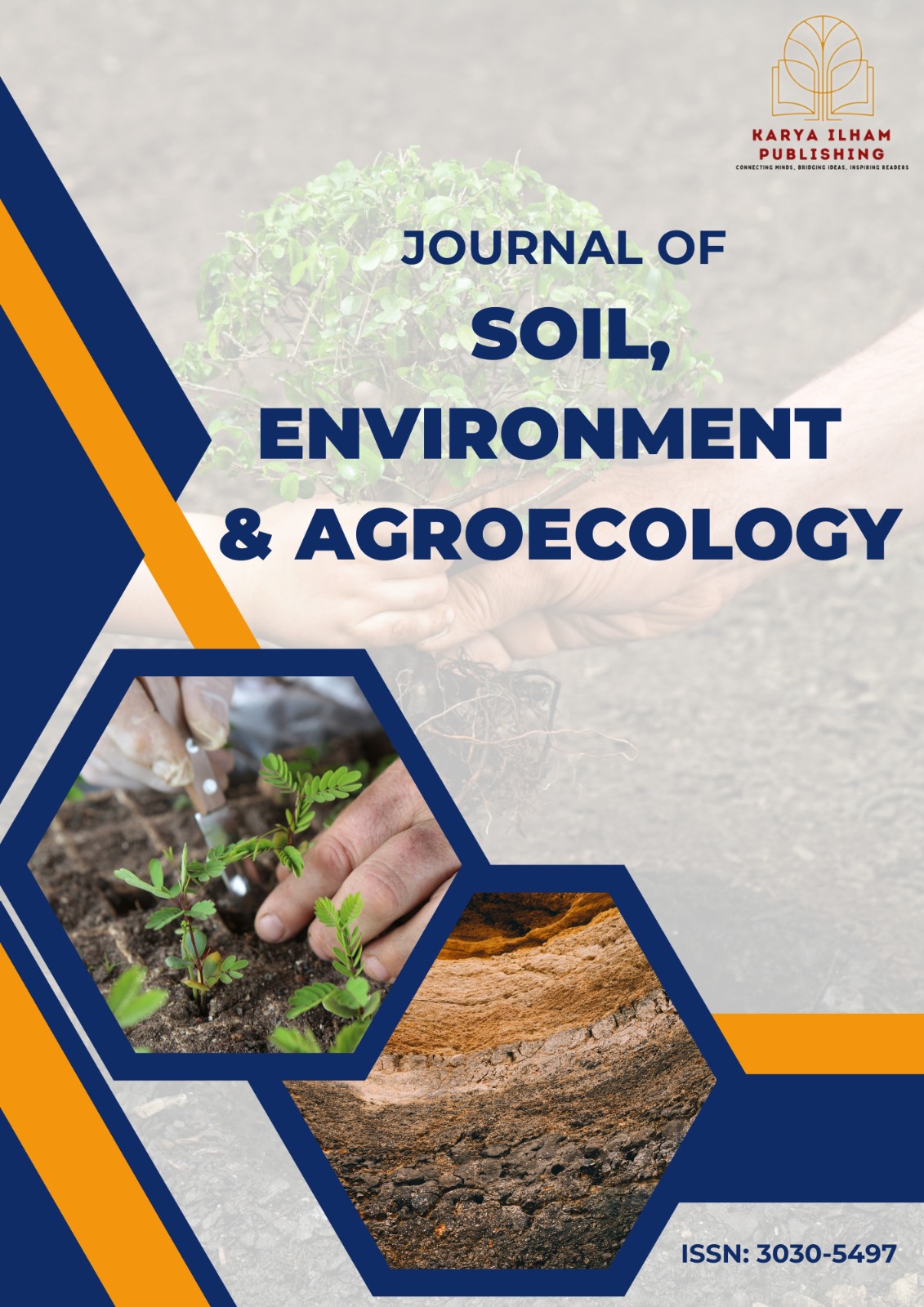Emerging Trends in Agro Climatic Parameters in Malawi: Has Rainfall Changed?
DOI:
https://doi.org/10.37934/sea.4.1.110aKeywords:
Rainfall, dry spell, trend, climate, MalawiAbstract
Climate change and variability in Malawi have had a wide impact on rain-fed agricultural production. The recent climatic events suggest new trends in agro-climatic parameters such as dry spell length, total annual rainfall, and planting dates. However, there is dearth of understand the emerging trends on the agro-climatic parameters in Malawi. Both parametric and non-parametric trend tests were used to quantify the strength of trends on a 49-year series of historical rainfall data from eight meteorological stations across Malawi. The results show that, while there is no change in dry spell length across the country, there is an increase in the number of dry spells and a decrease in the number of rainy days per growing season. Thus, there is a slight decrease in total annual rainfall with high variability. Suitable planting dates have also shifted towards later days in the season, resulting in a shorter growing season accompanied by high- intensity rainfall. This study indicates significant changes in the rainfall pattern in Malawi in specific areas, especially in the north. Therefore, it is imperative to consider early maturing varieties, in-field water harvesting structures, efficient irrigation systems, and extension services to farmers to adapt change of agricultural calendar.













